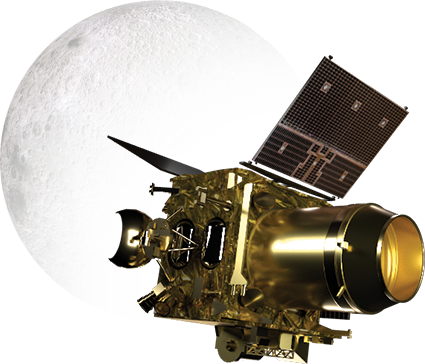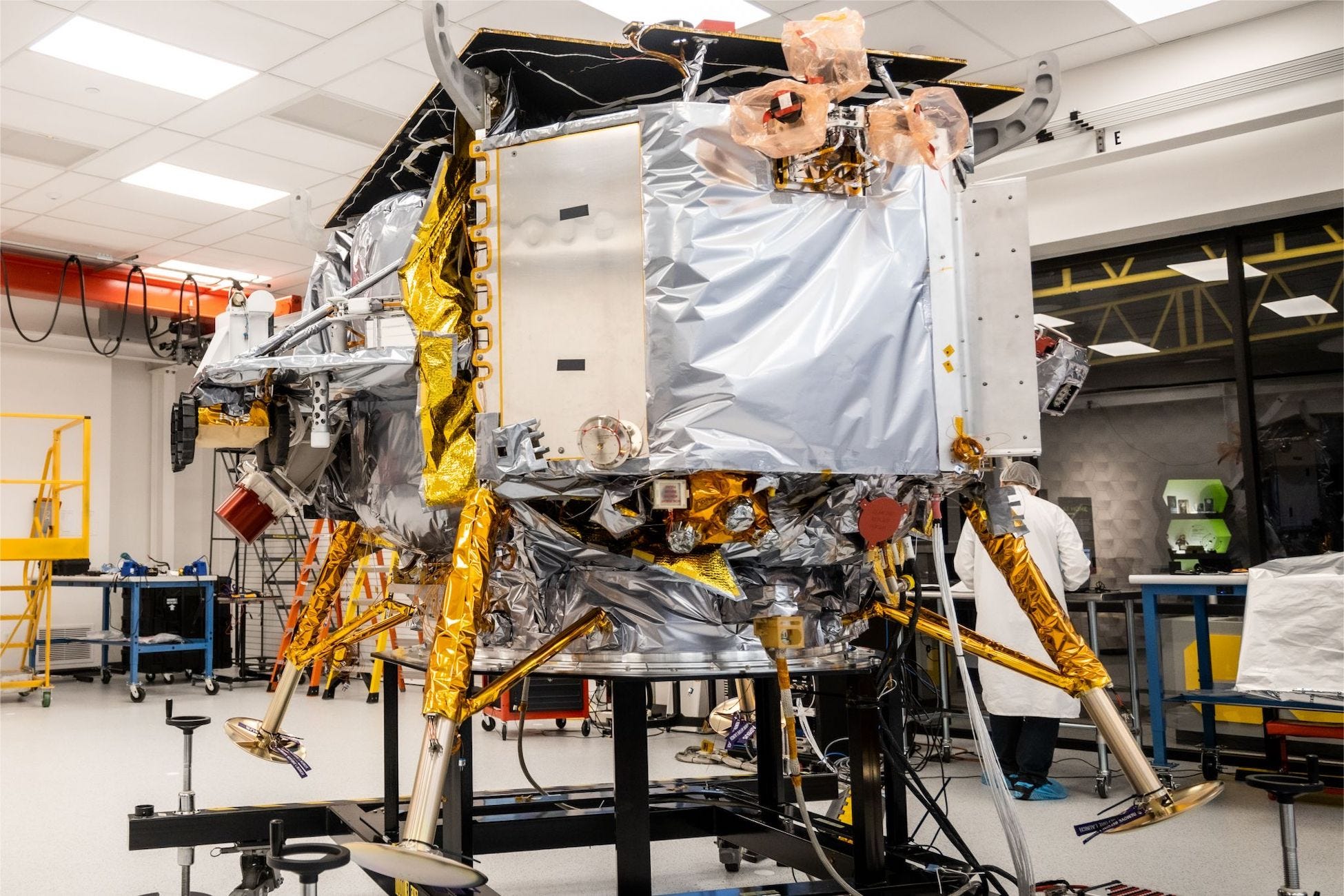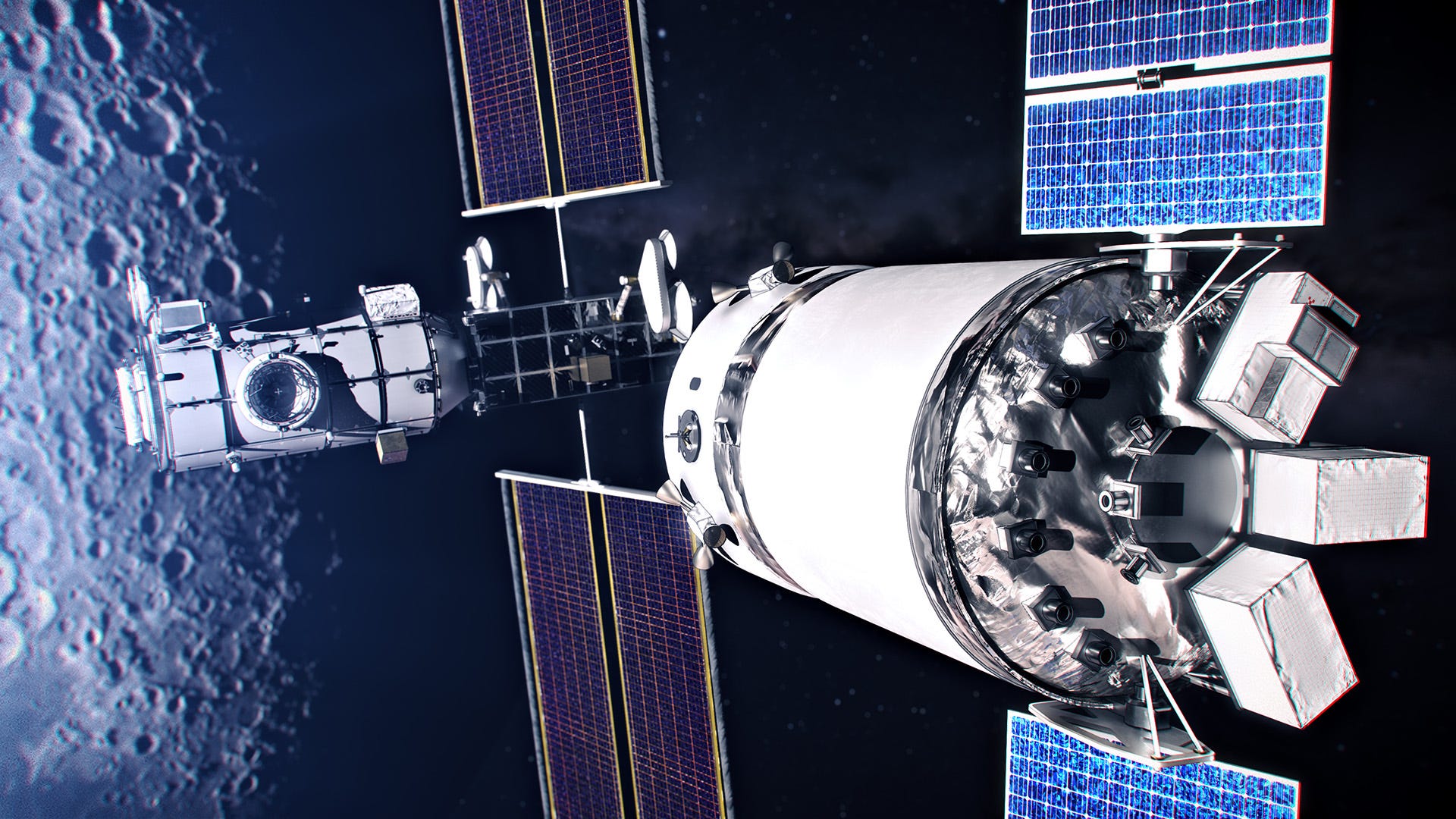Moon Monday #116: Two dates with our Moon, replacing the venerable LRO, and more
US scientists urge NASA to plan LRO successor

A specialized team of US scientists called CLOC-SAT, part of the Lunar Exploration Analysis Group (LEAG), has released a report urging NASA to plan a replacement for the 2009-launched Lunar Reconnaissance Orbiter (LRO) in order to support the increasingly important, upcoming NASA(-funded) robotic and crewed Moon missions part of Artemis. The report’s recommendations are part of LEAG’s wide-ranging formal support to NASA, which includes providing scientific, technical, commercial, and operational analysis of the agency’s lunar exploration objectives.
In May 2022, NASA extended LRO’s mission for 3 more years so it can keep aiding planning of upcoming Moon missions with high-resolution imagery and related topographic datasets. But the gracefully aging orbiter’s Inertial Measurement Unit has degraded, and it can no longer map from its original polar orbit, which limits its performance. The Final Report on the LRO mission extension review backs such a limitation by highlighting a key issue:
Review Chairs agree with the Panel that uncertainty in spacecraft pointing is degrading resolution of LRO’s high-resolution digital elevation models. Assessing the magnitude of this issue and developing technical strategies for compensation should be a mission priority. Coordination across the Agency is needed to effectively estimate the number and quality of digital elevation models needed over EM5 to support landing site selections and operations during upcoming scientific and resource exploration.
It’s worth remarking that even outside the US, LRO’s modern and comprehensive dataset, which at over 1.3 petabytes is the largest from any NASA planetary science mission, has been and continues to be critical for planning recent and upcoming Moon landing attempts such as India’s Chandrayaan 2 and ispace Japan’s Hakuto-R. And yet there isn’t currently a planned NASA mission that can take over the baton from LRO.
In fact, the CLOC-SAT team makes the case that meeting crucial, diverse lunar science and exploration goals, as defined by the community, necessitates having a slew of lunar orbiters—both long-lived ones like LRO and specialized ones like Lunar Trailblazer—and that these be as standard and continually maintained as Earth observation satellites. To that end, the report asks NASA to continue supporting development and maturation of new and/or advanced remote sensing instruments for next-generation orbiters, and to do so rapidly by leveraging the increased risk appetite afforded by the upcoming high-volume of lunar flight opportunities.
At the same time, CLOC-SAT scientists recognize that Artemis has growing momentum towards international cooperation, and recommend NASA to coordinate future lunar orbital measurements and capabilities with that in mind:
Meeting these goals will require multiple approaches involving several orbits and/or orbiters, but there are a large number of stakeholders in our return to the Moon, including commercial and international partners, whose resources can be shared and leveraged to meet diverse goals while minimizing cost.
[…]
NASA should establish a single office tasked with coordinating across space agencies and within NASA for sharing resources, such as communications networks and orbital strategies. For example, a spacecraft’s orbit altitude and orbit plane could be chosen partially based on the requirements of other orbiters.
While NASA’s ShadowCam instrument on South Korea’s KPLO lunar orbiter nicely aids this collaborative end, it caters but a specialized use case concerning permanently shadowed regions on the Moon’s poles. This is where India’s Chandrayaan 2 lunar orbiter represents an untapped opportunity for NASA and ISRO to collaborate again like the excellent example of Chandrayaan 1.
Not only is the Chandrayaan 2 orbiter a full-fledged reconnaissance mission like LRO with a similarly broad instruments set, having launched a decade later made it more capable in certain areas, such as having a best imaging resolution of 0.25 meters/pixel—twice LRO’s finest. The Chandrayaan 2 orbiter has enough fuel until at least 2027, and the CLOC-SAT team recognizes its capability in mission planning:
Additional imaging of the lunar surface at sub-meter scales (e.g., 30 cm) is highly desirable to facilitate identification of roughly m-scale hazards that are often relevant to finding safe landing sites. As an example, the Chandrayaan-2 Orbiter High Resolution Camera (OHRC) has a nominal pixel scale of 30 cm from a 62 km altitude orbit.
NASA and ISRO should collaborate again to let the Chandrayaan 2 orbiter contribute observations and datasets for Artemis planning, at least as a way to fill key gaps left by the gracefully aging LRO. Such a move can also positively affect India’s undecided stance on the Artemis Accords, which aims for globally cooperative lunar exploration.

Many thanks to Epsilon3 for sponsoring this week’s Moon Monday.
We have a launch date for Astrobotic’s Moon lander, and that of Russia’s Luna 25

ULA announced that the inaugural flight of its Vulcan rocket is being targeted in a four-day window starting May 4. This launch will loft Astrobotic’s first Moon lander to space, kicking off NASA’s CLPS program aimed at regularly, commercially sending payloads, instruments, and hardware to the Moon on privately built US landers.
Astrobotic’s lander will carry to our Moon well over a dozen payloads from 8 countries. These include 11 NASA instruments, chief of which are four spectrometers to study and track the movements of water on the Moon’s surface. The lander will also deploy a bevy of micro-rovers from 3 countries. Originally intended to touchdown in the lunar lava plain of Lacus Mortis, NASA changed Astrobotic’s target landing site this year to an unspecified lava plain just outside the Gruithuisen volcanic domes in the northwest. In an unusual move, NASA hasn’t yet laid out publicly the scientific rationale for this decision.
(I’ve updated my CLPS missions page with the latest information on all NASA selections.)
Roscosmos says the launch of its Luna 25 robotic Moon lander is scheduled for July 13. Luna 25’s instruments include a robotic arm to sample material from 20 to 30 centimeters below the surface and then feed it to a laser spectrometer to determine elements and isotopes within. There’s also a neutron and a gamma ray spectrometer to identify the composition of the subsurface. The mission’s landing site, while not truly polar due to engineering constraints, is selected at about 70° South such that underground water ice could still be detected.
More Artemis updates

- Jeff Foust reports that NASA will resume work with SpaceX this year on the company’s Dragon XL contract for delivering supplies for astronauts at the upcoming NASA-led international Gateway lunar orbital station. The first delivery is being considered to be by 2027 in preparation for Artemis IV. NASA intends to expand the availability of such Gateway freighter crafts, one of which will be Japan’s advanced HTV-X(G) vehicle targeting first launch by 2030.
- In an unsurprising move, NASA has awarded existing contractor Jacobs Technology a $3.2 billion contract to manage & operate launch infrastructure and related things for Artemis Moon missions through 2033. At least the contract isn’t the worst of the cost-plus kind since the guaranteed award period is of 3.5 years, with additional awards until 2033 being somewhat incentivized.
More Moon
The excellent Apollo in Real Time website has added transcripts of 11,000 hours worth of Apollo 11 mission control audio recordings, generated by OpenAI's Whisper AI model, to provide a new basis to understand decisions taken during the mission. The site also hosts a forum for people to discuss interesting moments from these largely unheard feeds. Here are two fun examples:
GUIDO Steve Bales (from mission control) rejects the metric system
Michael Collins: “If we’re late in answering you, it’s because we’re munching sandwiches.”
ESA is funding Norwegian company Solsys Mining with €100000 to further develop its architecture to efficiently extract desired mineral nutrients from lunar soil, and then dissolve them in water fed to hydroponic greenhouses for growing plants. The Solsys team has already demonstrated a proof of concept with simulated lunar soil that represented our Moon’s dominant rocky highlands.
Job alert: Lockheed Martin is looking for a Senior Manager to semi-remotely lead the company’s Deep Space Exploration Business Development activities.
